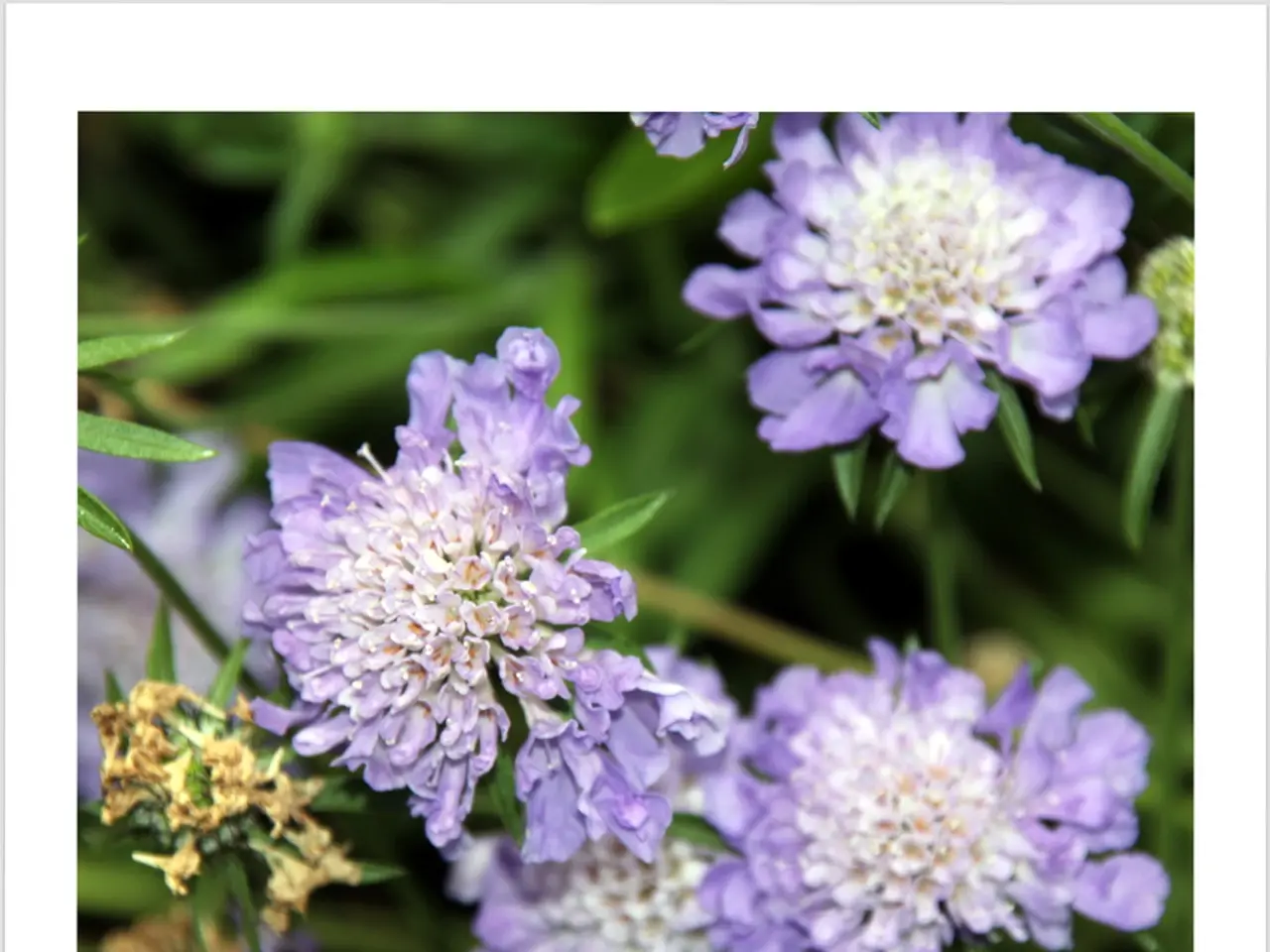Japan's Iconic Katsuobushi: Unveiling the Authentic Savor of Traditional Japanese Cooking
Katsuobushi, a traditional Japanese ingredient, is an essential component of dashi stock, a fundamental flavour base in Japanese cuisine. This versatile food product is made by boiling katsuo (bonito) and repeatedly smoking and drying it to reduce the moisture content to less than 26%.
The most common type of katsuobushi used for making dashi is hana-katsuo, thin shavings less than 0.2 millimeters in thickness. However, there are other preparations available, such as saihen, atsukezuri, and itokezuri, each offering unique characteristics and uses.
Saihen, or crushed katsuobushi, is another preparation that is commonly sold as kezuribushi for home use. Itokezuri, or very thinly shaved katsuobushi, is another preparation that is also commonly sold as kezuribushi for home use. Atsukezuri, thickly shaved flakes of hana-katsuo, are used to create a rich, full-bodied tsuyu sauce.
While hana-katsuo is typically used to make dashi, itokezuri can be used as a topping or mixed into dishes instead. Similarly, saihen can be added as a topping or mixed into dishes instead of using it to make dashi. Itokezuri, or very thinly shaved katsuobushi, is another preparation that can be used in this manner.
The main umami component of katsuobushi is inosinic acid. When combined with konbu, katsuobushi and konbu work synergistically to create a greatly enhanced flavour. This combination is particularly notable in soba noodles, where dashi made from katsuobushi is used. Atsukezuri is also used to make dashi for soba noodles and can also be used as a snack with alcohol or an ingredient in pasta dishes.
Strict restrictions in China and some European markets prevent the export of karebushi flakes due to the mold on them. Karebushi, a type of katsuobushi that goes through many cycles of inoculating and drying, takes more than six months to produce and has an exquisite mellow taste and rich aroma. Honkarebushi is a type of karebushi.
Making a simple dashi using hana-katsuo involves warming water in a pot, turning off the heat, adding the hana-katsuo, and letting it steep for around 10 minutes. Reheating the dashi without letting it boil can result in a deeper flavour.
In recent years, dashi made from katsuobushi has become popular overseas, expanding the horizons of Japanese cuisine beyond its traditional boundaries. Whether used for traditional dishes or as a creative ingredient in modern recipes, katsuobushi continues to play a vital role in the culinary world.
Read also:
- Cheese consumption leads to fatalities for two individuals.
- AI's looming shadow on Mexican small-scale enterprises: how purpose-driven communities can offer salvation
- Europe's Famous Hiking Spot Showcases Breathtaking Mountain Scenery
- Daily Dietary Delight: Uncovering the Impact of Consuming Superfood Tomatoes Each Day








